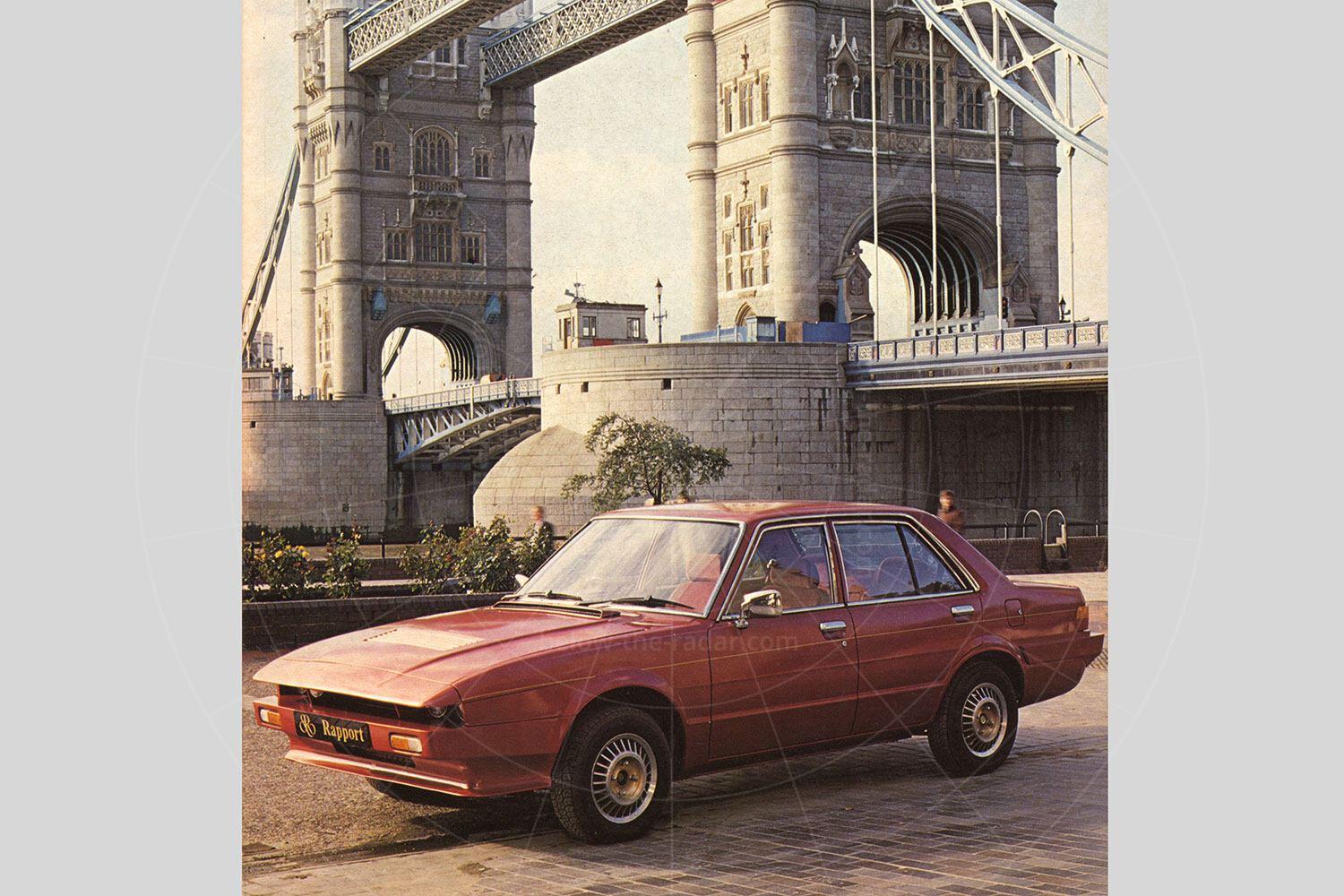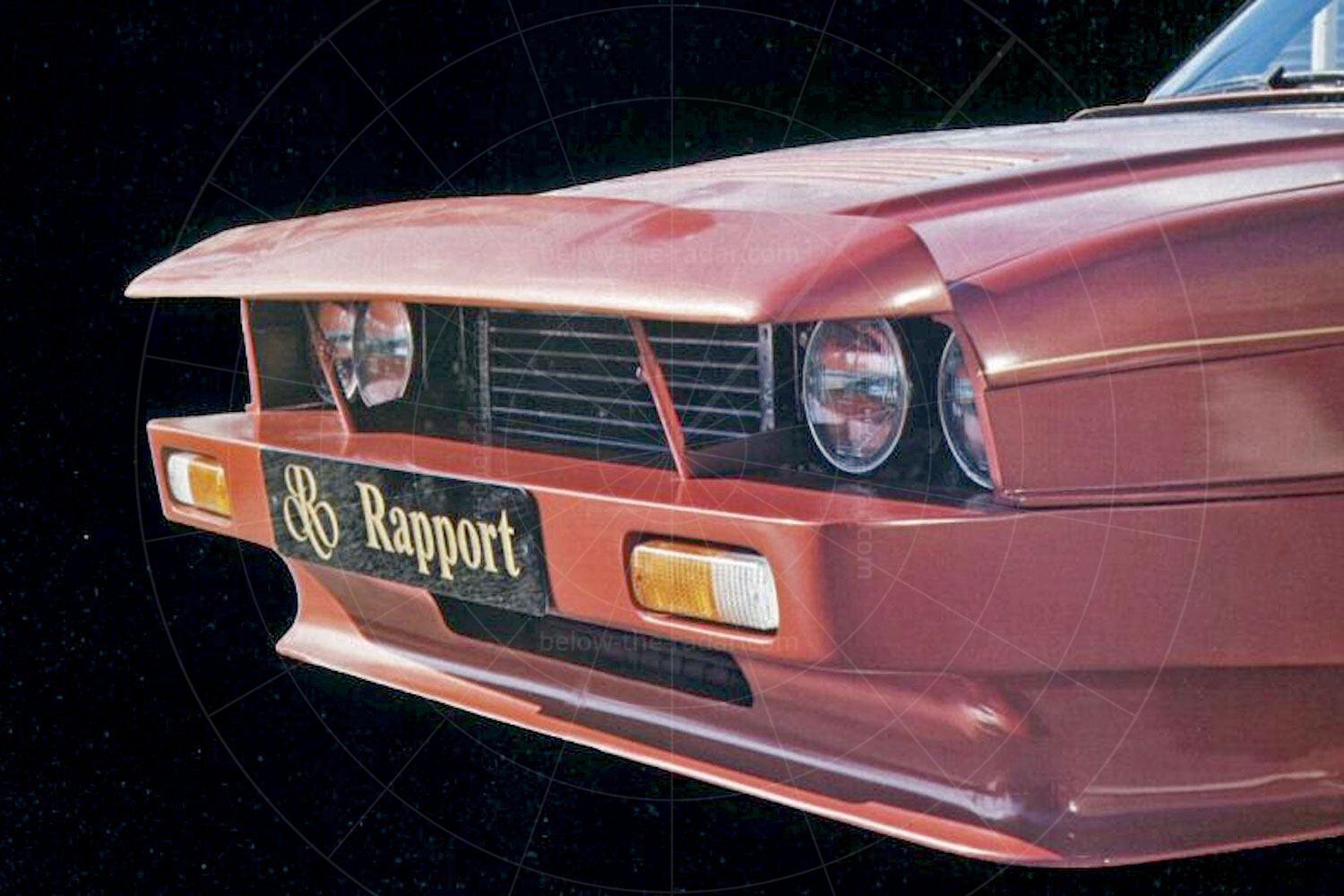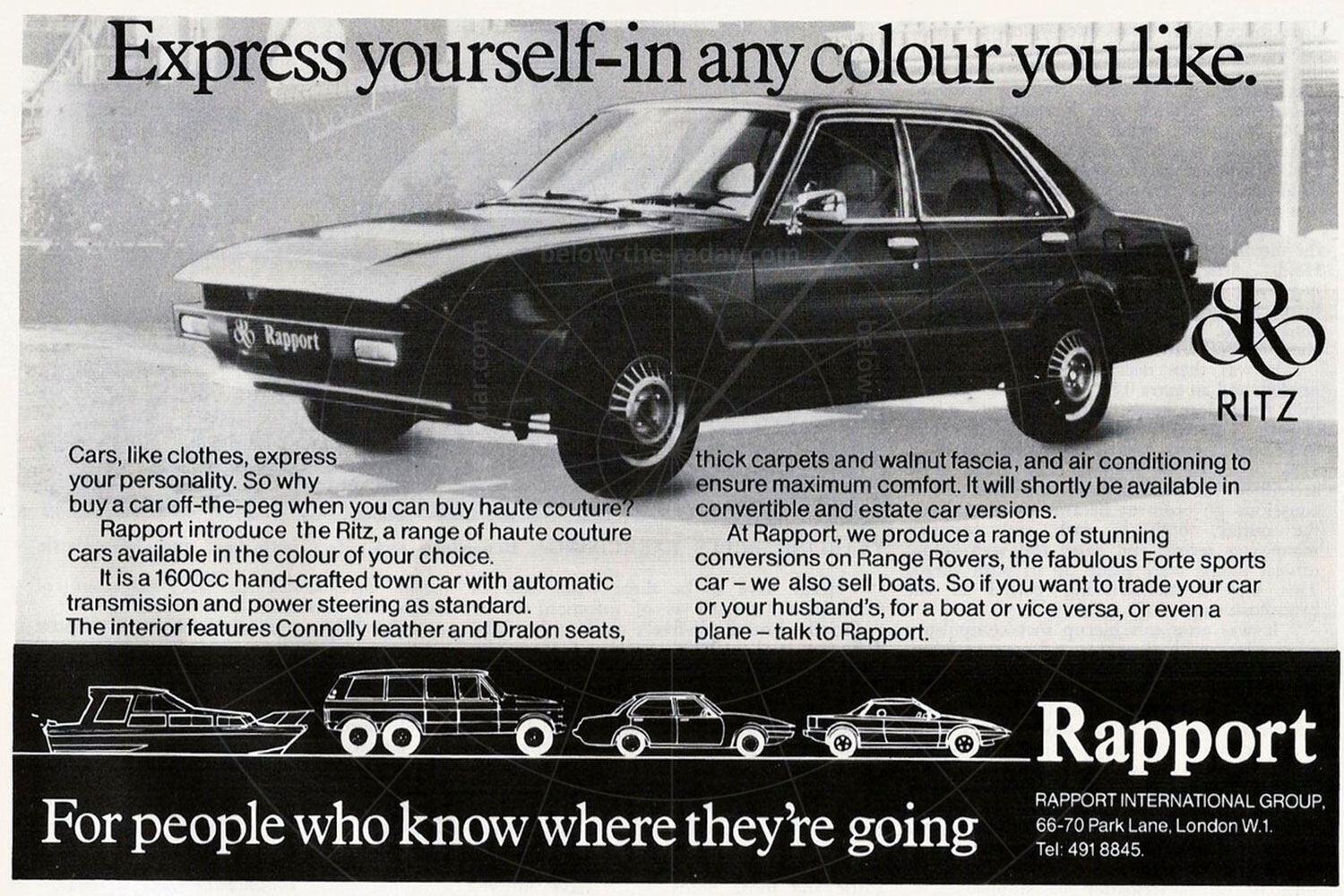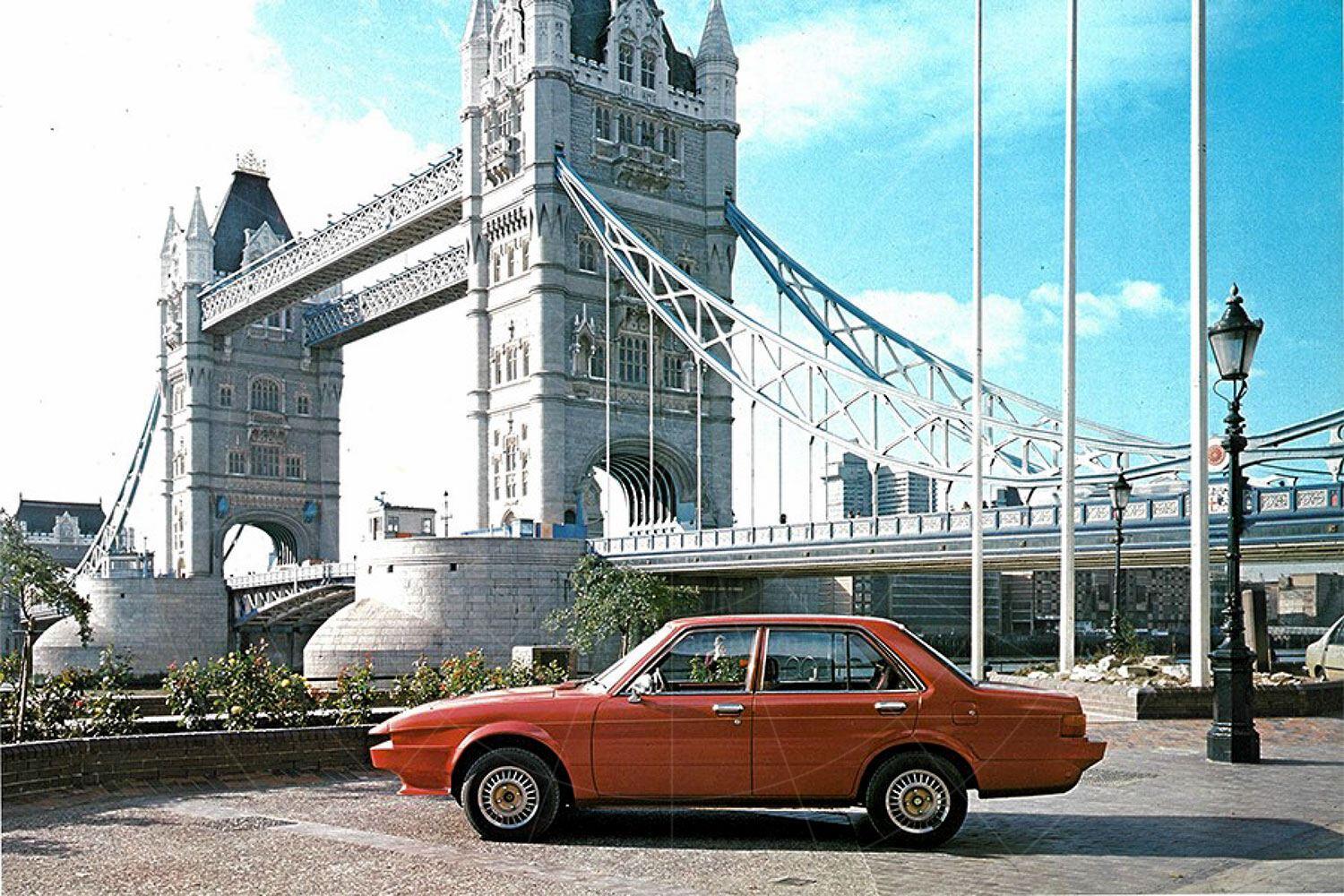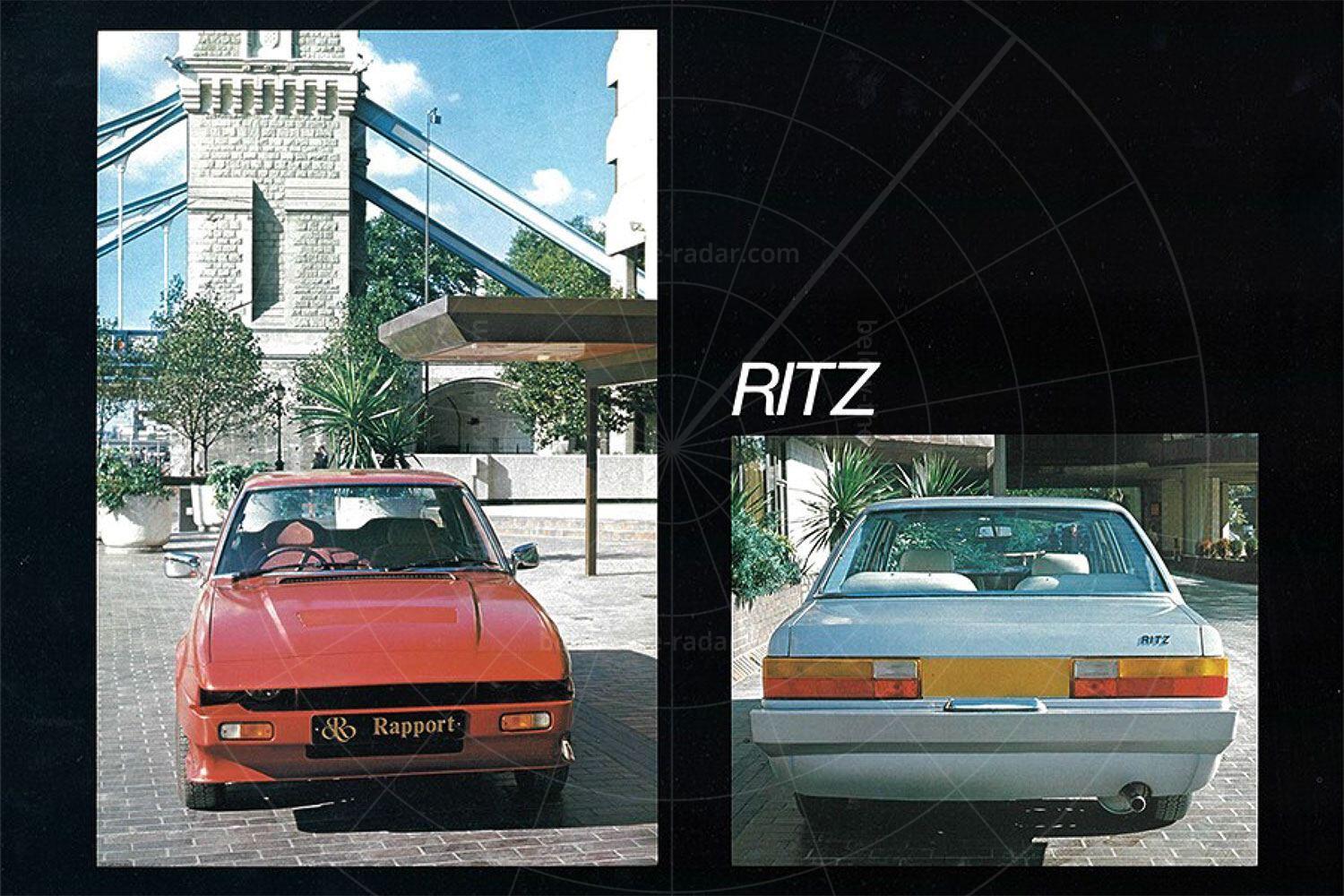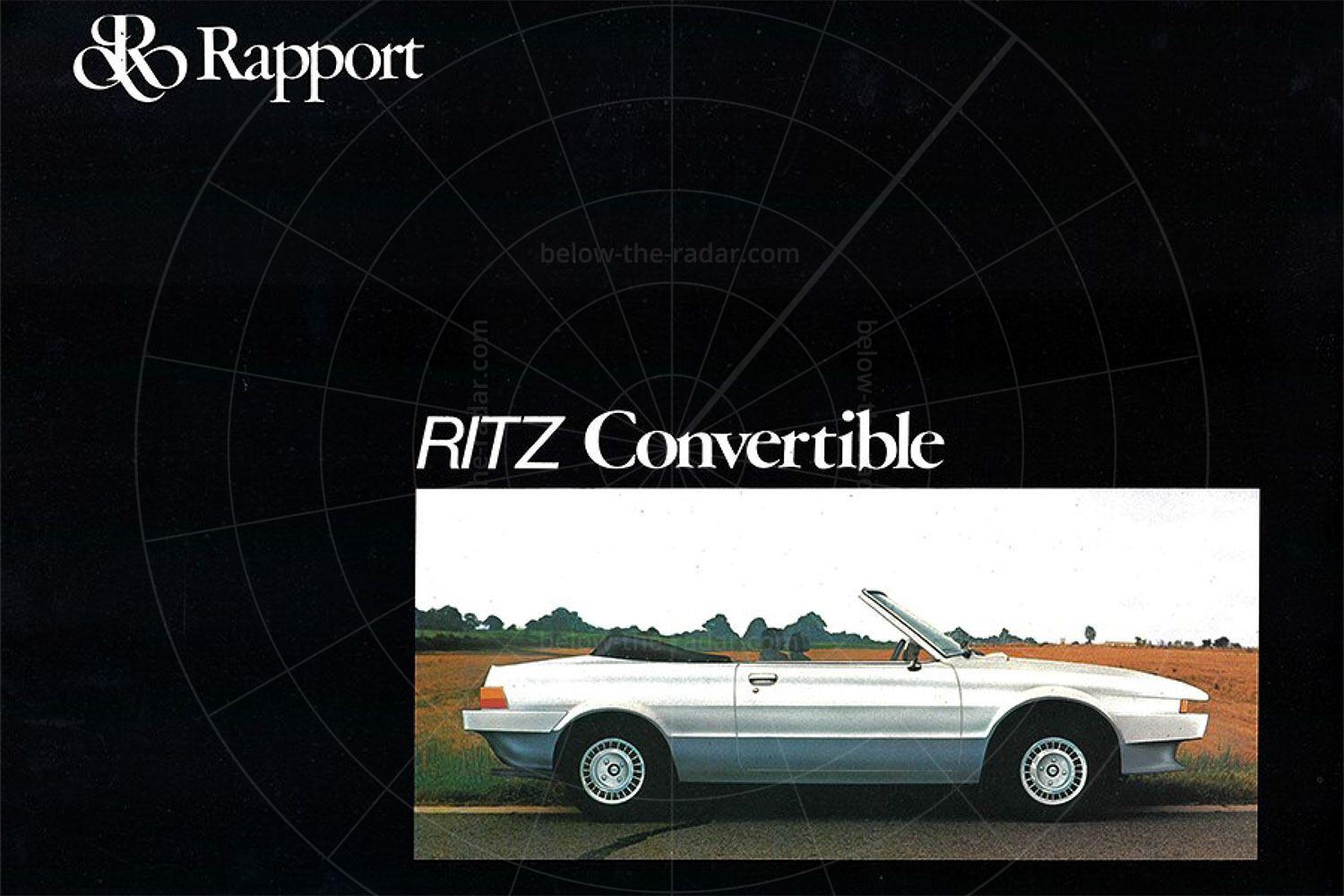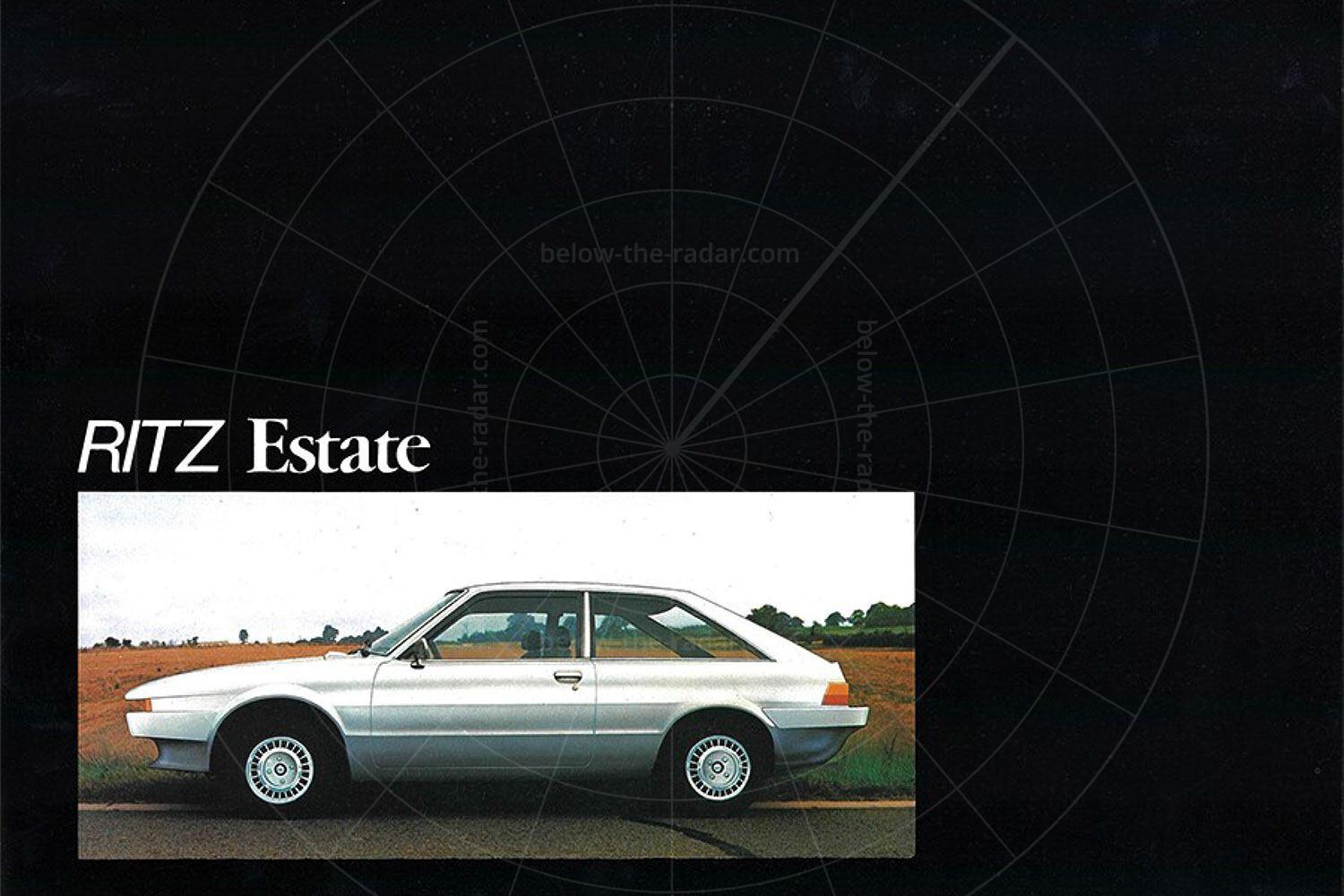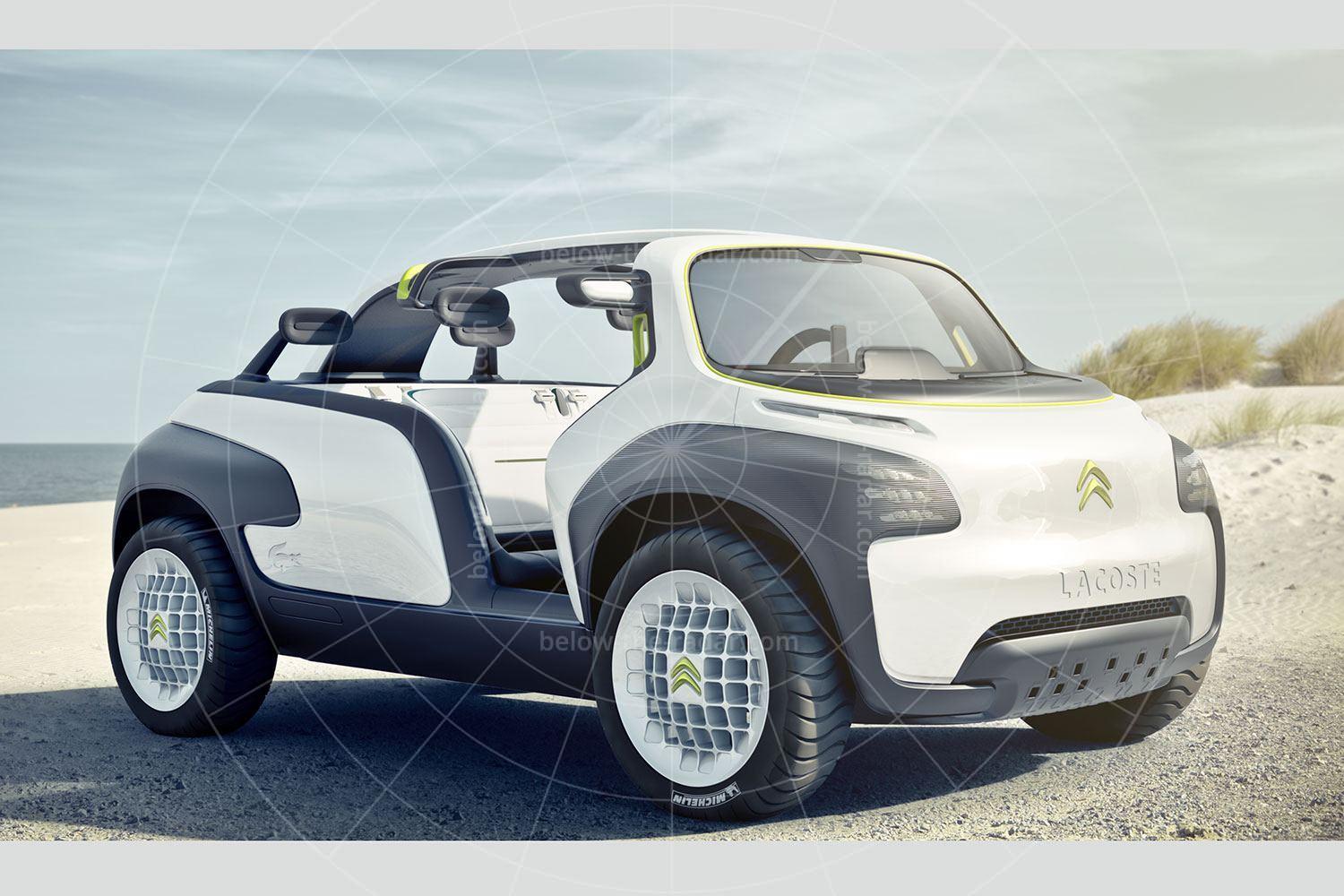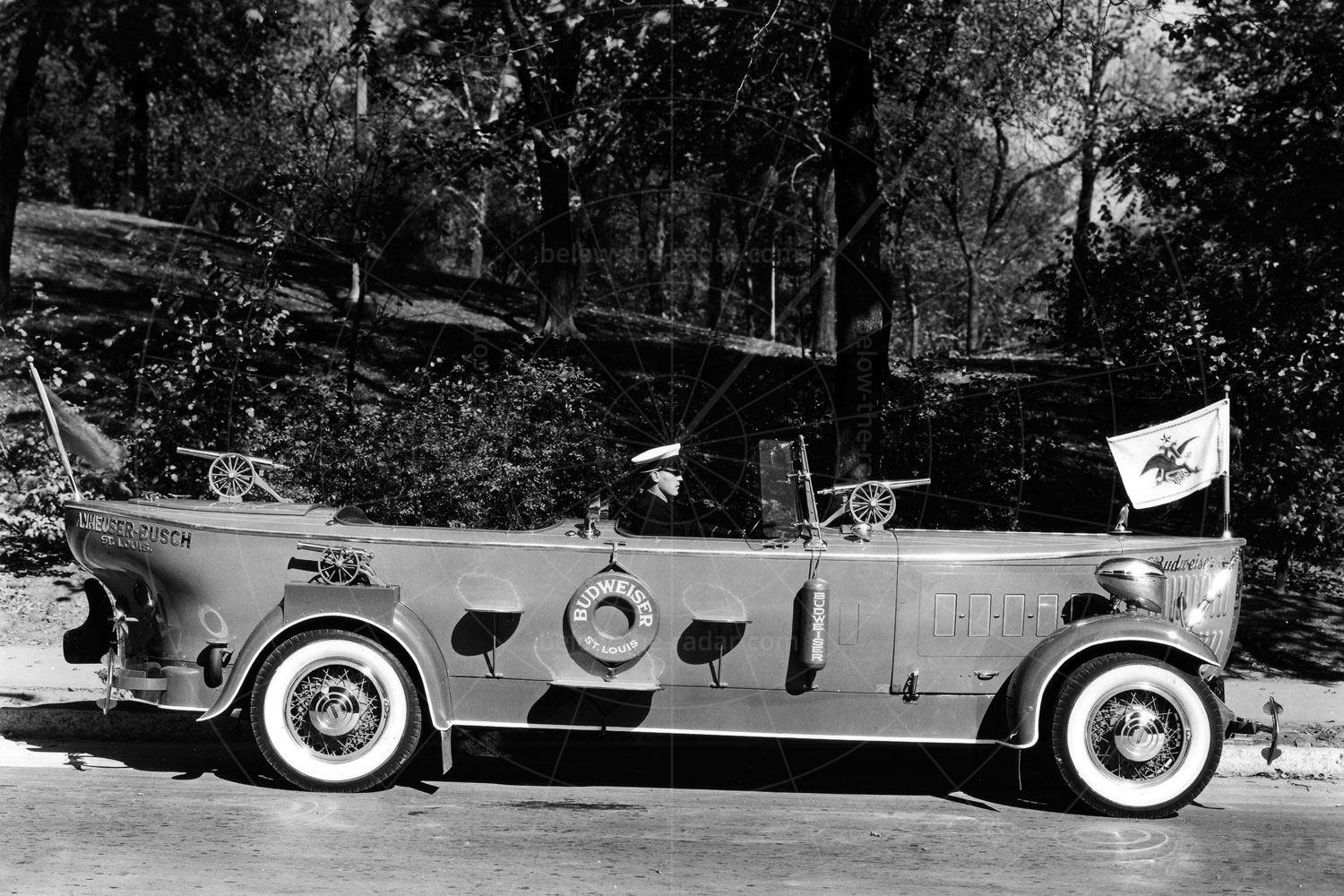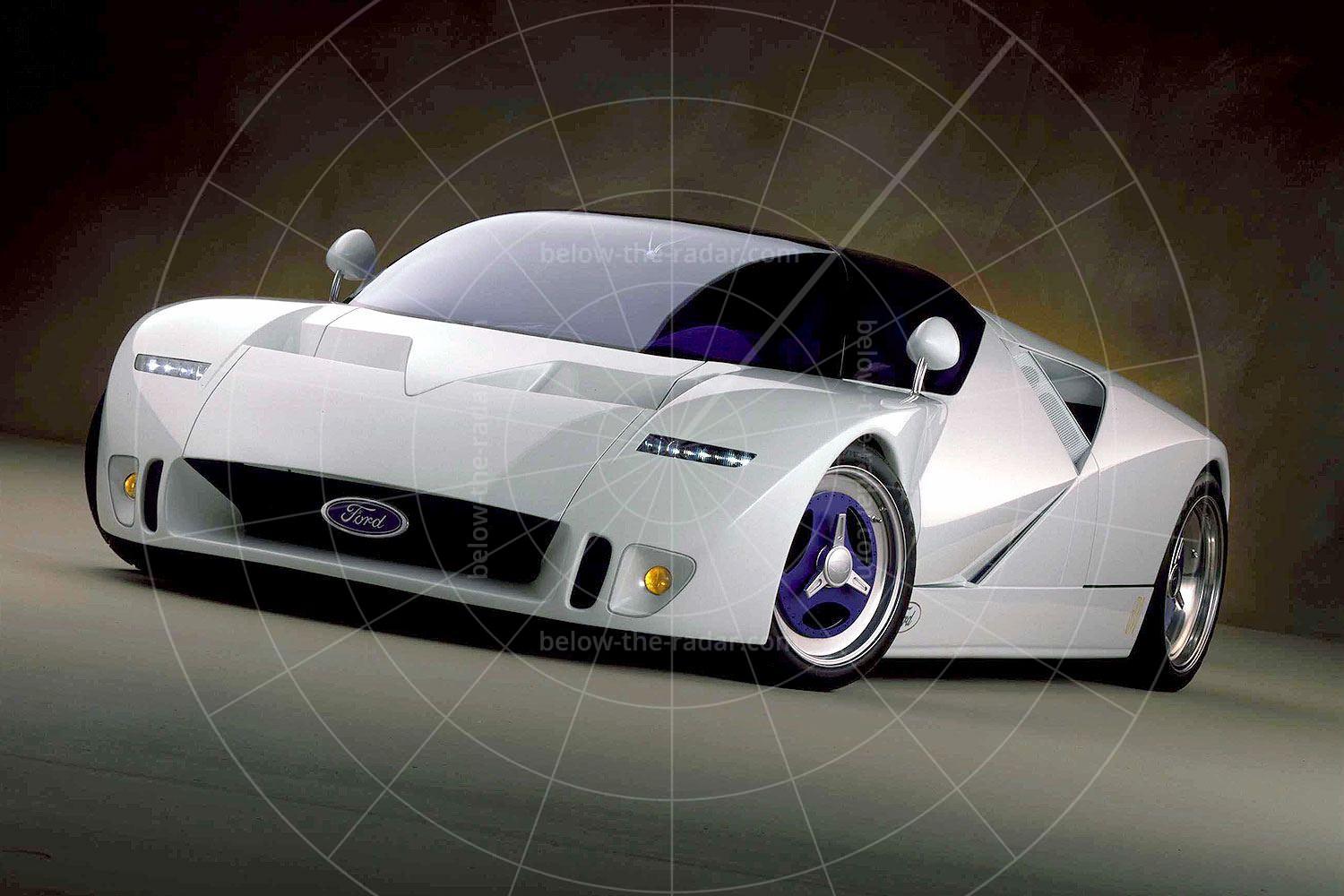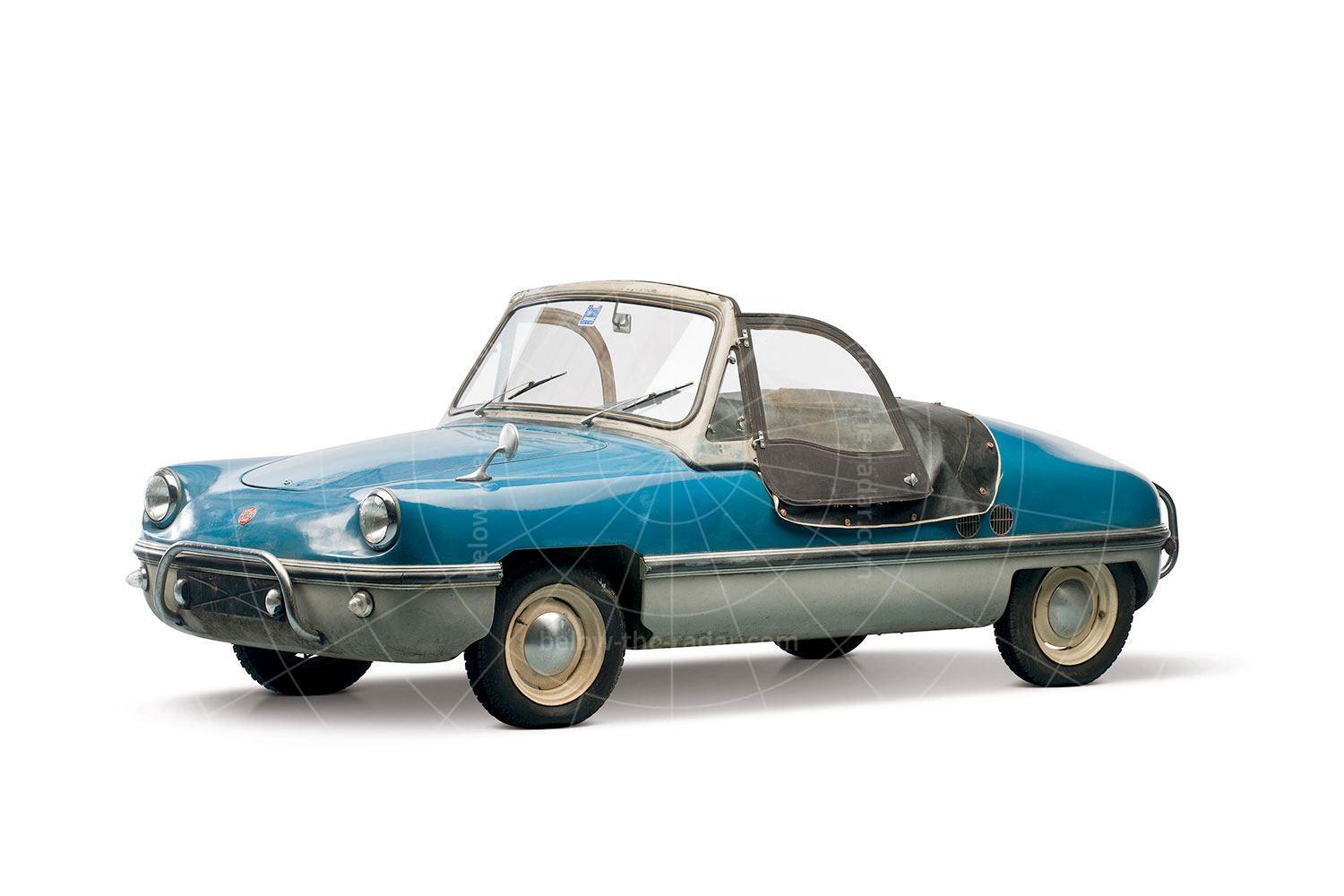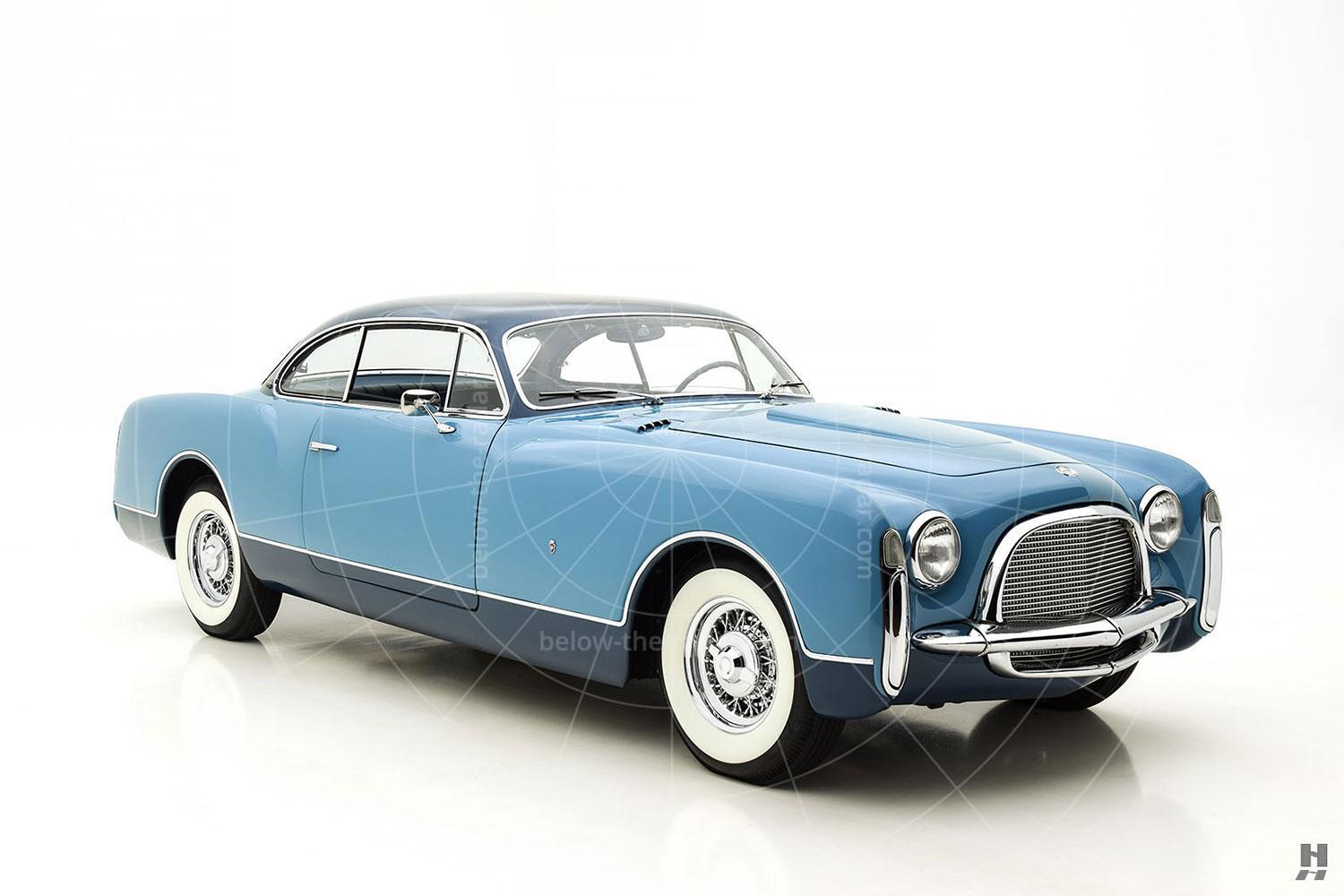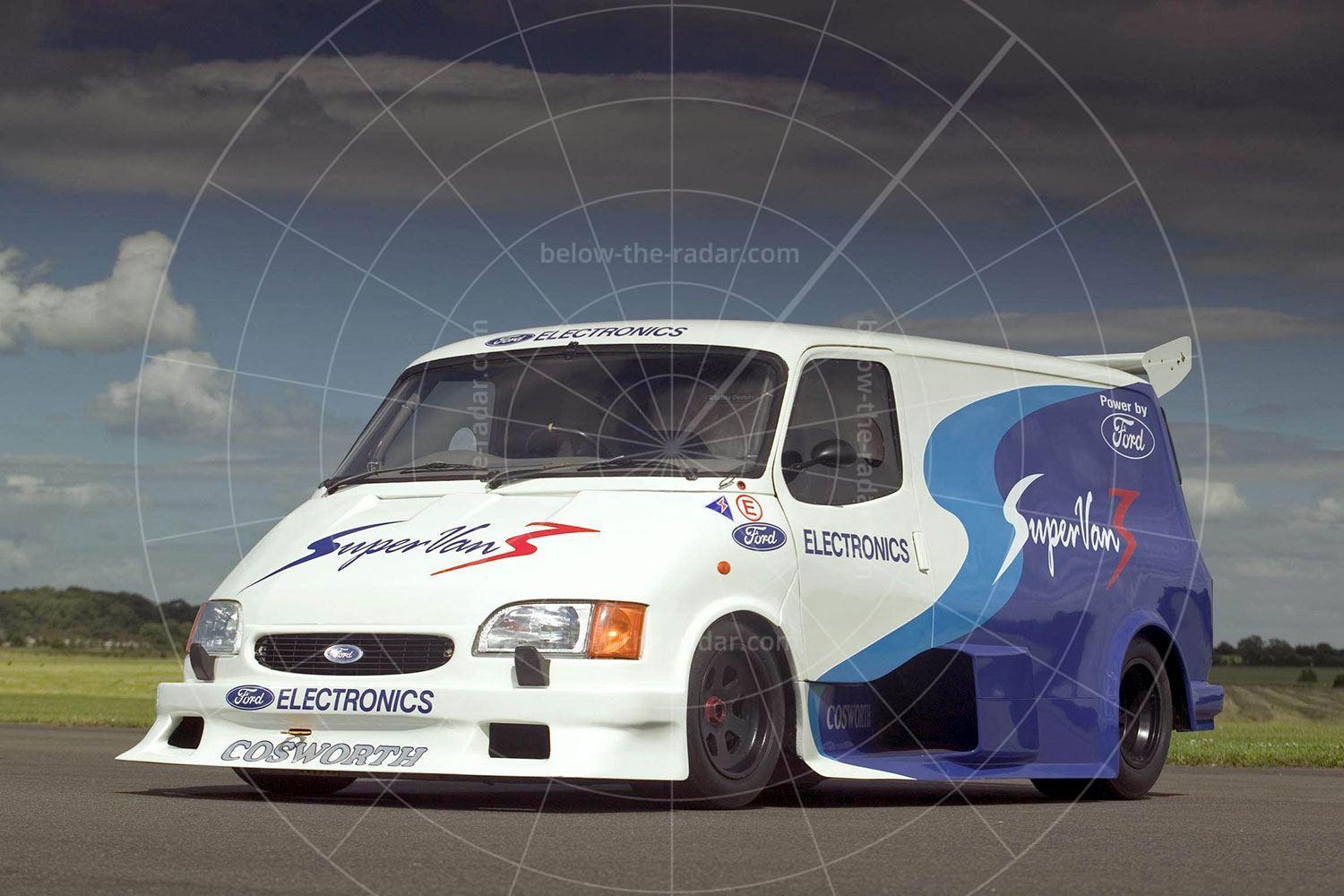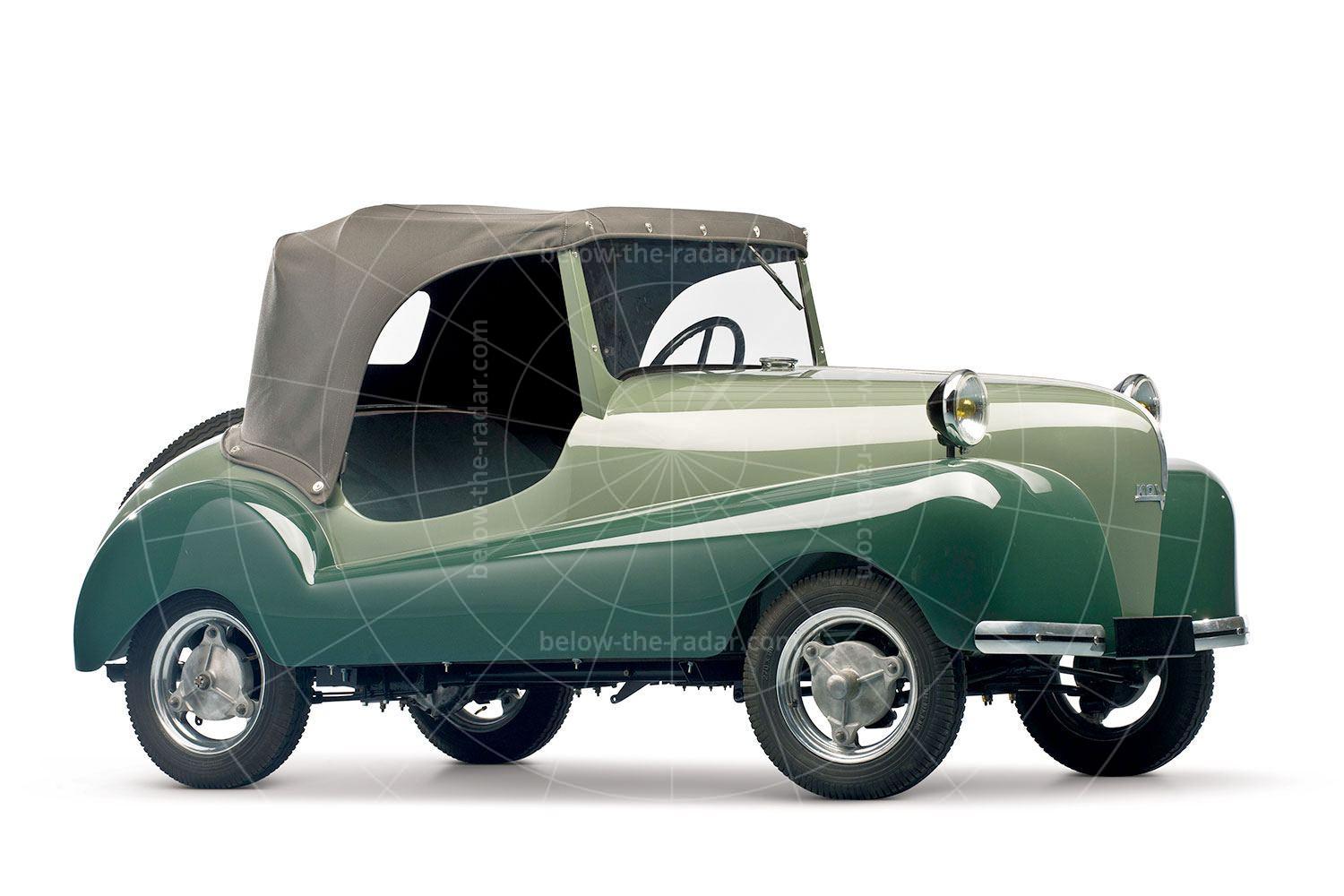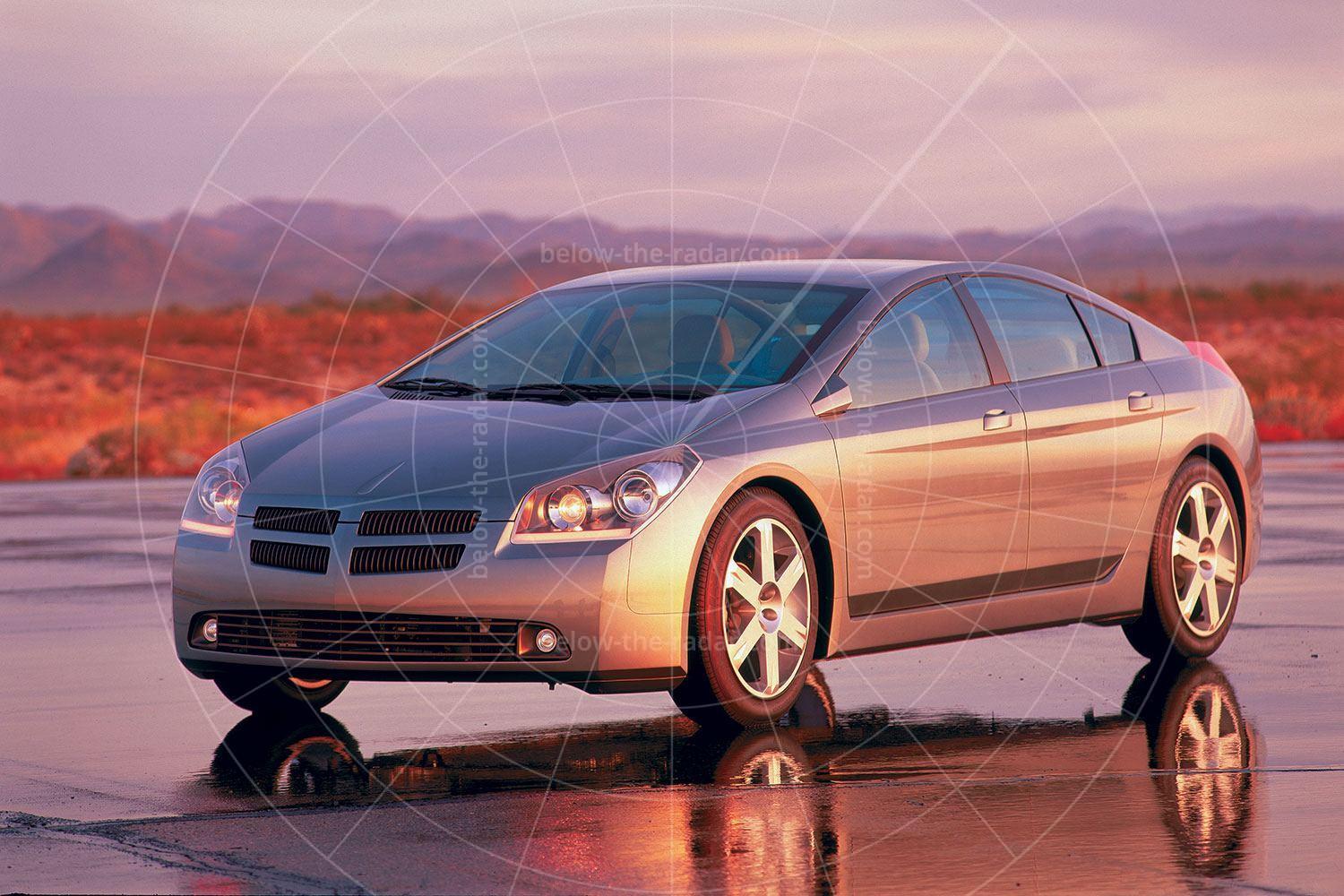The problem with taking a humdrum family car – even if it's quite an upmarket one – and making significant changes to its bodywork and interior, is that it always dramatically escalates the cost, and there normally aren't enough people who want the end result to make it worthwhile. This was true of the Panther Rio (although more of these found buyers than you might expect), and it's also true of the Rapport Ritz, which was nothing more than a Honda Accord that had received a signifcant makeover.
Rapport International was a company better known for its armoured saloons (most commonly based on the Mercedes S-Class), stretched and decapitated Range Rovers, while it also offered an open-topped Metro called the Metrosport, and an estate car based on the original (E23) BMW 7 Series. With a showroom in London's Mayfair and a workshop in Woking (Surrey), Rapport's overheads were high and unsurprisingly the company went bust in the 1980s, but not until it had given us the glorious reworked Honda Accord that was the Ritz.
Launched in December 1980 and based on a Honda Accord Executive with a three-speed automatic transmission, the Rapport Ritz cost a ludicrous £10,986, when the donor Accord was pitched at just £5926. For less money you could buy a range-topping Audi 100 Avant CD auto (at £10,328), while a BMW 528i auto was just £11,110 and a Rover SD1 3500SE auto was £11,062. Even Volvo's most expensive model, the 264 GLE auto, was just 11,104, so you had to really want a Rapport Ritz to hand over almost 11 grand to secure one.
However, even in standard form the Accord was well equipped, with its power steering, air conditioning, electric windows front and rear and even the door-mounted ashtrays were illuminated, so it was quite a mobile gin palace.
To turn the Accord into a Ritz, Rapport fitted new front wings made from aluminium, while the more tapered and louvred bonnet was constructed of glassfibre, as was the boot lid which now featured an integral spoiler. The oddest thing about the Ritz was the front aerofoil, which was activated via hydraulic rams, to lift up when the headlights were being used; when the aerofoil was in its down position, 80% of the quadruple headlights were visible. The rear wings were retained but there were redesigned plastic bumpers front and rear, which were colour-matched with the bodywork.
To go some way to justifying the big price hike, Rapport fitted 13-inch alloy wheels with 175/70 SR13 tyres, while there was an 18-strong palette of unique colours which were applied to a far higher standard than Honda ever managed, with everything done by hand of course.
Inside, Rapport really went to town with leather on the upper portions of the door trims, the carpeted kick panels, and of course the seats too. However, while the original Honda seat frames were retained and there was Connolly hide on the outer portions of each seat, the central section was swathed in Dralon for that ultra-luxurious eighties vibe.
Although the original dashboard was also retained, Rapport slathered the upper section with burr walnut, which was also used for the cappings that ran across the top of each door. With the standard LED clock swapped for a more upmarket one, a leather-trimmed Moto-Lita steering wheel fitted and lambswool rugs for the footwells front and rear, the Ritz was significantly more upmarket than the regular Accord Executive.
For those who wanted even more there was a raft of extra-cost options available, including a tilt-and-slide sunroof, an Everflex roof covering and a posher stereo system to replace the already upgraded set-up fitted as standard by Rapport.
When the Rapport Ritz was launched it came only in four-door saloon form, just like the donor car. But Rapport had grand plans to offer a three-door hatchback edition (which it referred to as an estate), along with a rather swish two-door convertible. There were even airbrushed publicity shots released of these last two (just one profile shot of each though) – but none were ever made.
Intriguingly, to overcome a 50kg weight increase, Rapport fitted a turbocharger to boost power a little. However, this ran at just 3psi so it was very much a light-pressure system and did little to turn the Accord into a high-speed motorway cruiser; intriguingly, Rapport referred to the Ritz as "an economical town car with limousine qualities", rather than a luxurious grand tourer. When the Ritz was unveiled there was talk of offering a sportier model with the turbocharger running at higher pressures, although it's not known if this ever materialised.
Nobody knows how many Rapport Ritzes were made, although there's talk of as many as 19 having left Rapport's Woking factory. It's also not known if there are any survivors – but surely there must be one left, tucked away in a garage somewhere? What a sensational find that would be!

